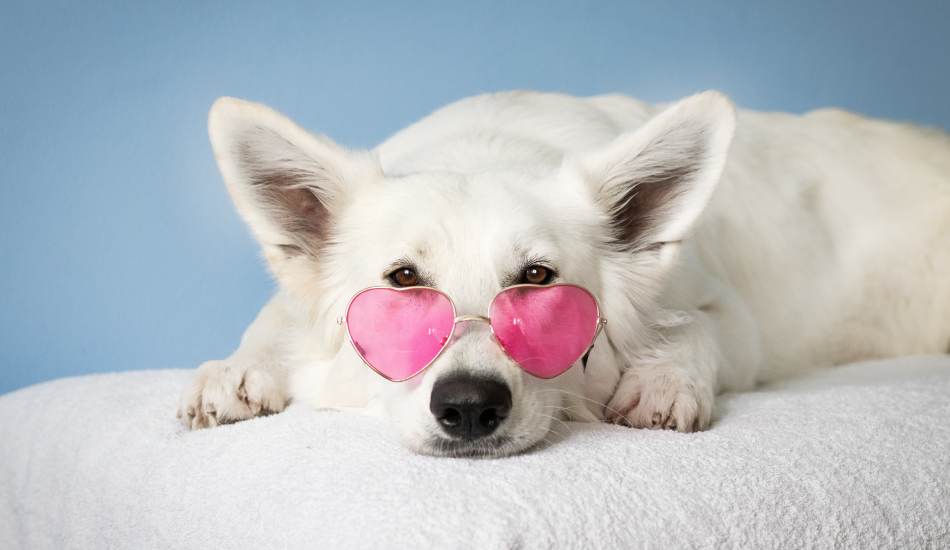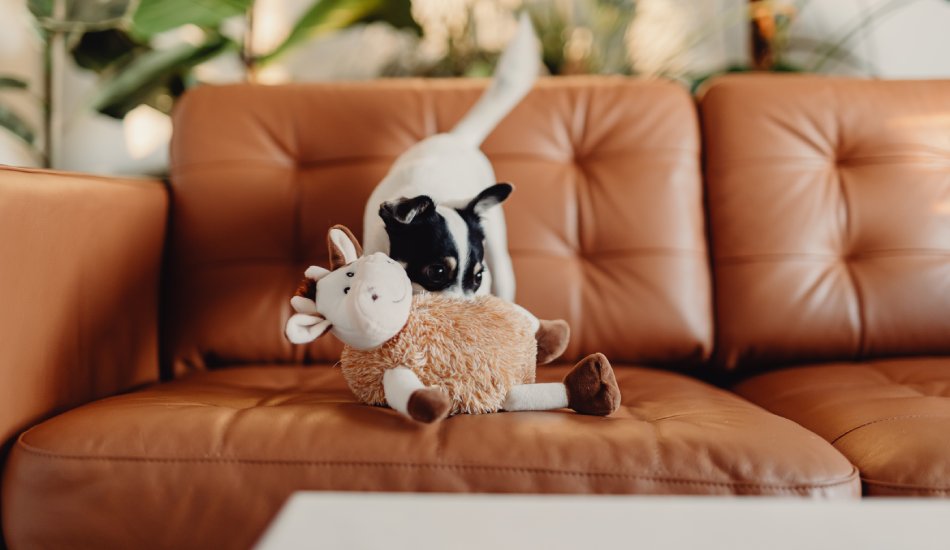Fungal Infections in Pets During Monsoon: Symptoms, Treatment & Prevention

The monsoon season is a time of joy, but for pet parents, it also marks the beginning of challenges related to pet health, especially skin issues. The dampness, humidity, and lack of proper sunlight create the ideal environment for fungal infections in dogs. These infections not only cause discomfort but, if left untreated, can lead to serious health issues.
In this blog, we dive deep into everything you need to know about dog fungal skin infections, including symptoms, treatment options, and preventive care, so you can keep your furry friend happy, dry, and infection-free.
What is a Fungal Infection in Dogs?
A fungal infection in dogs is a condition where naturally occurring fungi on your dog’s skin grow uncontrollably due to environmental or internal triggers. These infections are most common during humid seasons like the monsoon.
The most common types include:
- Yeast infections: Caused by Malassezia, a fungus naturally present on your dog’s skin. Under humid conditions, it overgrows and leads to dog skin yeast infections.
- Ringworm: A contagious skin infection caused by dermatophytes, appearing as circular lesions on the skin.
- Systemic fungal infections: Affecting internal organs, although less common, they can be life-threatening.
Common Symptoms of Dog Fungal Skin Infection
Knowing what to look for can help you take quick action. Here are visible symptoms of dog skin fungus:
1. Itching and Licking
One of the first signs of fungal infection is excessive scratching or licking, especially in areas like the paws, groin, and ears.
2. Red or Inflamed Skin
Affected areas may appear red, swollen, and irritated. In yeast infections, skin may also appear greasy or oily.
3. Hair Loss
Patches of fur may fall out, leaving bald or crusty spots.
4. Unpleasant Odour
Yeast infection in dogs often causes a musty or “cheesy” smell, especially from the ears and skin folds.
5. Scabs and Flakes
Dry scabs, dandruff, or peeling skin may appear, especially on the belly, legs, or underarms.
Searching for dog skin yeast infection pictures online can give you a visual cue, but a vet's confirmation is always safer and more accurate.
Areas Commonly Affected by Dog Skin Fungus
Fungal infections thrive in areas that are warm and moist. During monsoons, even a short walk can lead to dampness in these vulnerable zones:
- Ears: Floppy ears trap moisture and warmth.
- Paws: Mud and puddles can cause interdigital infections.
- Armpits & Groin: Sweat and water often accumulate here.
- Under the collar or harness: Prolonged dampness in these areas is often overlooked.
Why Do Fungal Infections Spike in Monsoon?
Humidity increases moisture retention on your dog’s skin and coat. Here’s what contributes to infections:
1. High Humidity
Moisture on your dog’s skin doesn’t evaporate quickly during monsoon, creating an ideal setting for fungal growth.
2. Poor Drying Habits
If pets aren’t dried properly after a bath or walk, water remains trapped in their fur and folds, increasing infection risk.
3. Weak Immune System
Dogs with poor gut health or existing conditions are more vulnerable.
4. Unclean Environment
Wet bedding, dirty collars, and infrequent grooming promote fungal buildup.
How to Treat Dog Fungal Infection
If your pet shows signs of infection, don’t panic, dog infections are treatable with the right approach.
1. Veterinary Diagnosis
Visit your vet for a proper diagnosis. They may conduct:
- Skin scraping
- Fungal culture
- Wood's lamp test (for ringworm)
This ensures the right treatment is prescribed, especially if it's a dog skin yeast infection or more serious systemic infection.
2. Topical Medications
These are effective for localized skin infections:
- Antifungal shampoos with ingredients like ketoconazole or miconazole
- Sprays or creams for smaller areas
- Medicated wipes for paws and ears
Ask your vet to recommend the best dog fungal infection medicine for topical application.
3. Oral Medications
For severe or widespread fungal infections, vets may prescribe oral antifungals like:
- Itraconazole
- Fluconazole
- Ketoconazole
These dog infection medicines should be administered only under veterinary supervision due to potential side effects.
4. Diet Adjustments
For yeast infections in dogs, reducing sugar and carbohydrates can help starve the fungus. An anti-yeast diet may include:
- High-protein kibble
- Omega-3-rich food
- Probiotic supplements
How to Prevent Dog Fungal Infections During Monsoon
Prevention is better (and cheaper) than cure! Here are easy steps to protect your pet:
-
Dry Your Dog Thoroughly
Always dry your pet completely after baths or walks, especially the paws, underarms, belly, and inside the ears.
-
Use Antifungal Grooming Products
Switch to antifungal or medicated shampoos during the monsoon season. These help keep the dog skin fungus in check.
-
Maintain Clean Bedding
Wash your pet’s bedding weekly with hot water and dry it in the sun. Fungi thrive in damp, unclean environments.
-
Avoid Dirty Water
Don’t allow your pet to wade through puddles or walk in muddy areas. If they do, rinse their paws and dry thoroughly.
-
Check Regularly
Inspect your dog’s ears, paws, and groin daily. Early detection = faster recovery.
-
Keep Fur Trimmed
Especially in long-haired breeds, trimming fur around paws and groin can prevent moisture buildup.
When Should You See a Vet?
If you notice any of the following, schedule a vet visit immediately:
- Continuous scratching or licking
- Foul odour from skin or ears
- Sores, lesions, or excessive scabbing
- Rapid hair loss or bald patches
- Lethargy or fever (sign of a systemic infection)
Timely intervention with the right dog infection medicine will prevent complications.
Conclusion
Fungal infections during monsoon are common, but completely manageable. With the right preventive care, good hygiene, and early intervention, your pet can enjoy the season without discomfort.
Understanding how to treat dog fungal infection and taking proactive steps ensures your dog stays happy, healthy, and itch-free.
Remember: A healthy coat is a reflection of a healthy pet!
Need help managing your pet’s skin health this monsoon?
Book a vet appointment or Grooming Session at Zigly and get personalized care, expert tips, and premium pet products recommended by professionals.
















The information below is required for social login
Create New Account